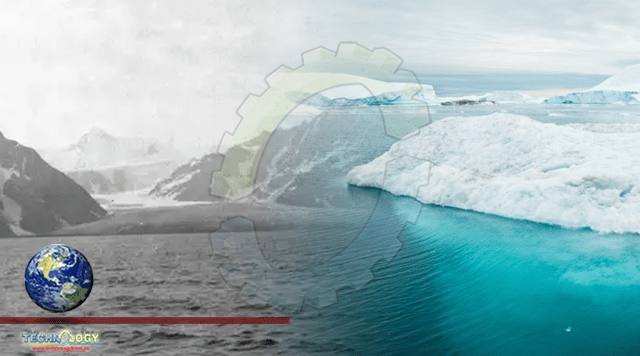Temperatures at Alaska’s Glaciers Bay National Park and Preserve are now 5 degrees warmer than previous averages, Glacier Bay’s website reports.

By Nicole Bonaccorso
In the past 70 years, Alaska’s average annual temperature has increased at a rate more than twice that of the global average. Temperatures at Alaska’s Glacier Bay National Park and Preserve are now 5 degrees warmer than previous averages, Glaciers Bay’s website reports. The warming climate has a major effect on the famous glaciers for which the park is named.
There are more than 100,000 glaciers in Alaska, and 95% of them are thinning, stagnating or retreating, according to the National Parks System, and the rate of thinning is increasing. In previous decades, the glacial retreat was measured in feet.
Now, in many cases, it is measured in miles. Such is the case with Pedersen Glacier, which has retreated 3 miles in the 111 year s between photos in th\ e slideshow above.
The United States Geological Survey (USGS) started the Repeat Photography Project in 1997. The project seeks to rephotograph archival images of U.S. glaciers to visually document glacial retreat as the Earth warms. The photos in the slideshow above show the change over the years, starting in the early 1900s and spanning the last five years.
Glacier Bay is expected to become warmer and drier as years go by, causing habitat changes, alteration of species and, of course, glacier retreat. In some of the photos, lush vegetation appears where just decades ago there was nothing but a vast field of ice.
The dramatic losses are hard to picture if you’ve never seen a glacier before. Using repeat photography, USGS has created a visual depiction of the rapidly receding glaciers. The before-and-after images show the devastation these glaciers have faced.
Originally published at The weather channel